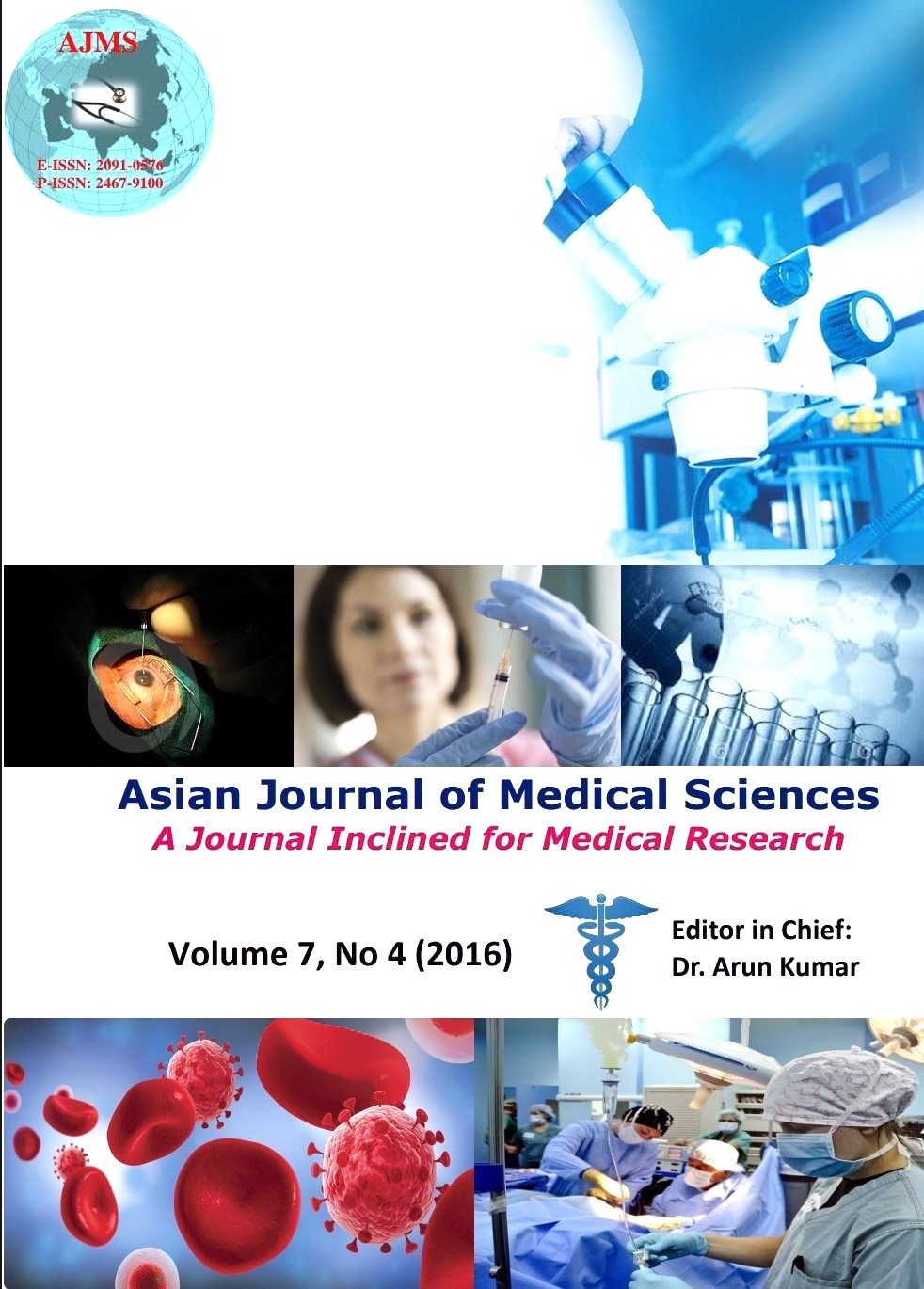HbA1c levels in patients of acute decompensated heart failure
Keywords:
HbA1c, Acute Decompensated Heart Failure (ADHF), PrevalenceAbstract
Background: Hospitalization for Heart Failure (HF) is increasing in India. Diabetes Mellitus (DM) is closely related to HF. Hb1Ac is an index of metabolic control of DM. Hb1Ac is associated with increased risk of Acute Decompensated Heart Failure (ADHF). The relation between Hb1Ac and ADHF is less well defined.
Aims and Objectives: The aim of the study was to find out the prevalence of ADHF among patients admitted for cardiac complaints and to investigate Hb1Ac levels in confirmed patients.
Materials and Methods: A hospital based study was conducted at NRI Heart Centre, NRI General Hospital, Guntur from May to July 2013 after institutional ethical approval. All patients of ADHF were included in the study. Patients were analysed for HbA1c.
Results: Out of 1147 patients admitted in Coronary Care Unit, there were 101 cases of ADHF giving a prevalence of 8.8%. The mean age was found to be 54.69 years. 19.8% of the patients were of age less than 40. There were 74.3% males and 25.7% females. The mean HbA1c in non diabetic, pre-diabetic and diabetic was 5.32%, 6.0% and 8.45% respectively.
Conclusion: Elevated HbA1c is associated with increased morbidity in the heart failure and efforts should be made to treat these patients with proven therapies to lower the blood glucose levels.
Asian Journal of Medical Sciences Vol.7(4) 2016 55-58
Downloads
Downloads
Published
How to Cite
Issue
Section
License
Authors who publish with this journal agree to the following terms:
- The journal holds copyright and publishes the work under a Creative Commons CC-BY-NC license that permits use, distribution and reprduction in any medium, provided the original work is properly cited and is not used for commercial purposes. The journal should be recognised as the original publisher of this work.
- Authors are able to enter into separate, additional contractual arrangements for the non-exclusive distribution of the journal's published version of the work (e.g., post it to an institutional repository or publish it in a book), with an acknowledgement of its initial publication in this journal.
- Authors are permitted and encouraged to post their work online (e.g., in institutional repositories or on their website) prior to and during the submission process, as it can lead to productive exchanges, as well as earlier and greater citation of published work (See The Effect of Open Access).




